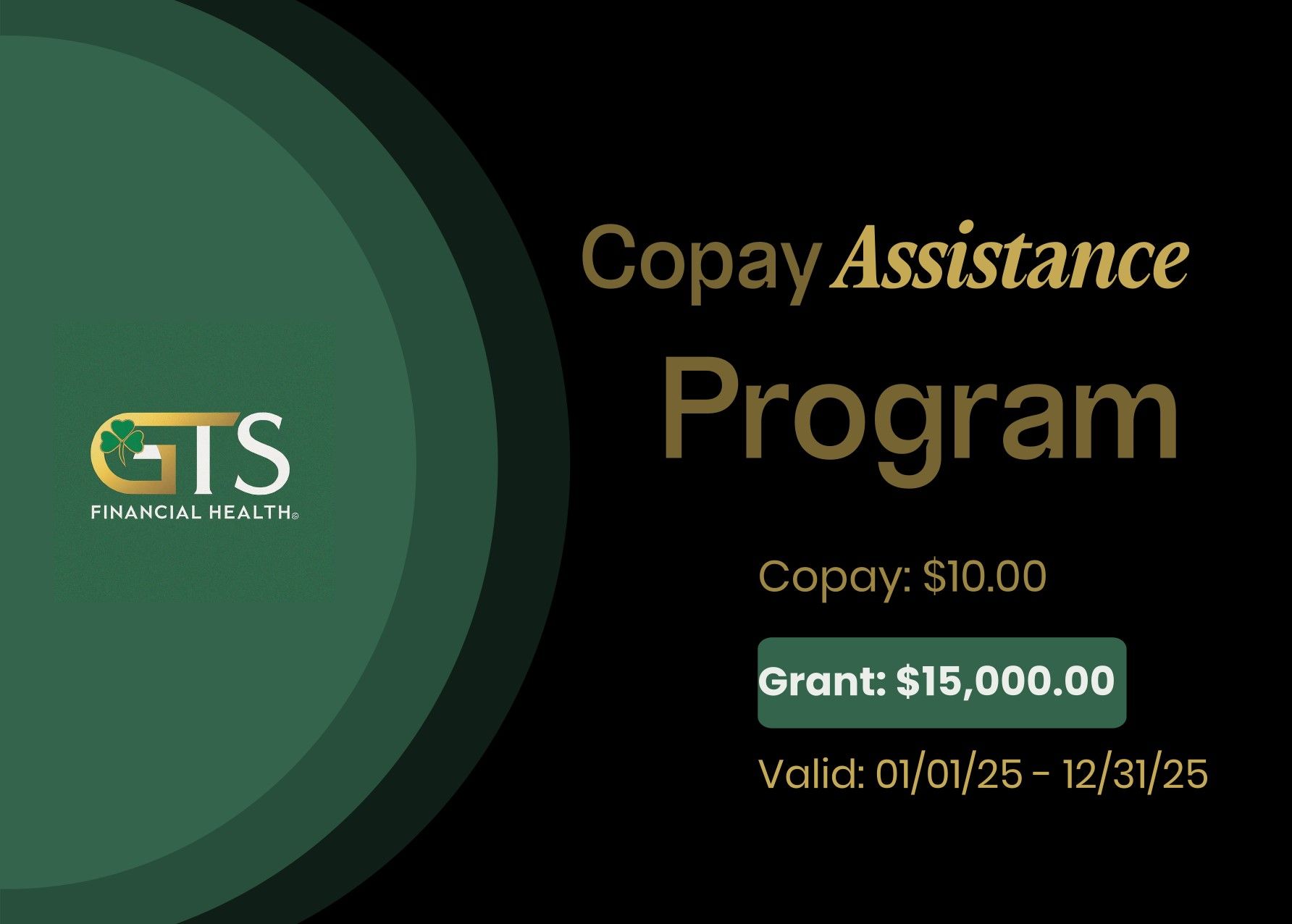Private Equity's Influence on U.S. Healthcare: A Pressing Concern Requiring Immediate Attention
Guy T. Sullivan Jr • September 05, 2024

Have you ever felt like your private practice is playing a never-ending game of musical chairs with staff? Positions open, positions filled, positions empty again. It's a frustrating cycle, often fueled by short-sighted hiring practices and a lack of foresight. But what if there was a way to break free from this reactive staffing scramble? Enter succession planning: the often-overlooked strategy that can transform your staffing woes into a well-oiled talent pipeline.
The Pitfalls of Reactive Hiring
Too often, private practice providers delegate staffing entirely to managers, who may be more focused on quickly filling empty seats than finding the right long-term fit. This myopic approach often leads to a revolving door of employees who lack a clear path for growth or development.
When staff shortages arise, managers are under pressure to plug the gaps, prioritizing speed over strategic hiring. This rarely results in a win-win situation. New hires may feel undervalued and unchallenged, leading to high turnover rates and a constant need for replacements.
The Military Mindset: Recruiting for the Long Haul
What if we adopted the military's approach to staffing? The armed forces are masters of continuous recruitment, always cultivating the next generation of leaders. Private practices can learn from this model, shifting from reactive hiring to proactive talent development.
This is particularly crucial for entry-level positions, which are often difficult to fill and retain. By focusing on youth recruitment, providers can tap into a vast pool of eager, motivated individuals looking to gain experience and build their resumes.
Building a Campus Connection: The Power of Internships
One effective strategy is partnering with universities to create internship programs. This provides a low-cost way to attract talent, evaluate potential hires, and offer valuable training. By outlining a clear timeline and potential for advancement, providers can show students the value of staying with the practice long-term.
Even if interns move on after a few months, the relationship with the university can provide a steady stream of replacements. This creates a sustainable talent pipeline that's far more reliable than traditional job boards.
Provider Engagement: The Secret Ingredient for Retention
After hiring a new employee, the provider's role doesn't end. In fact, it becomes even more important. Regular check-ins, mentorship, and a genuine interest in the employee's career aspirations can make all the difference in retention.
When employees feel valued, challenged, and supported, they're more likely to see a future with the practice. This fosters loyalty, reduces turnover, and creates a positive work environment that attracts top talent.
Conclusion: Building a Talent Bench for the Future
The "empty chair conundrum" doesn't have to be a constant headache. By implementing a thoughtful succession plan, private practices can shift from reactive hiring to proactive talent development. This not only solves staffing challenges but also builds a strong foundation for future growth and success.
Remember, your staff is your most valuable asset. Invest in them, nurture their potential, and watch your practice thrive.






